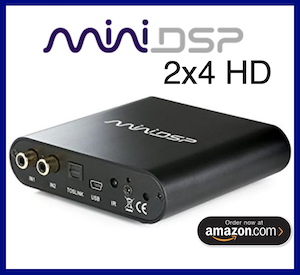Hello,
I just received the latest Raspberry Pi 4 B+ with 2GB of memory. It needs Raspbian Buster to run, so installed that today on a fresh SDXC card and everything is running.
Buster OS now comes with JAVA 11 installed with the OS image.
I tried the install of REW beta15, but came back stating no JAVA 8 JRE installed, and JAVA 8 is no longer available to download from what I can find for Raspbian.
Any ideas of a possible work around?
Best regards,
HAL
I just received the latest Raspberry Pi 4 B+ with 2GB of memory. It needs Raspbian Buster to run, so installed that today on a fresh SDXC card and everything is running.
Buster OS now comes with JAVA 11 installed with the OS image.
I tried the install of REW beta15, but came back stating no JAVA 8 JRE installed, and JAVA 8 is no longer available to download from what I can find for Raspbian.
Any ideas of a possible work around?
Best regards,
HAL












